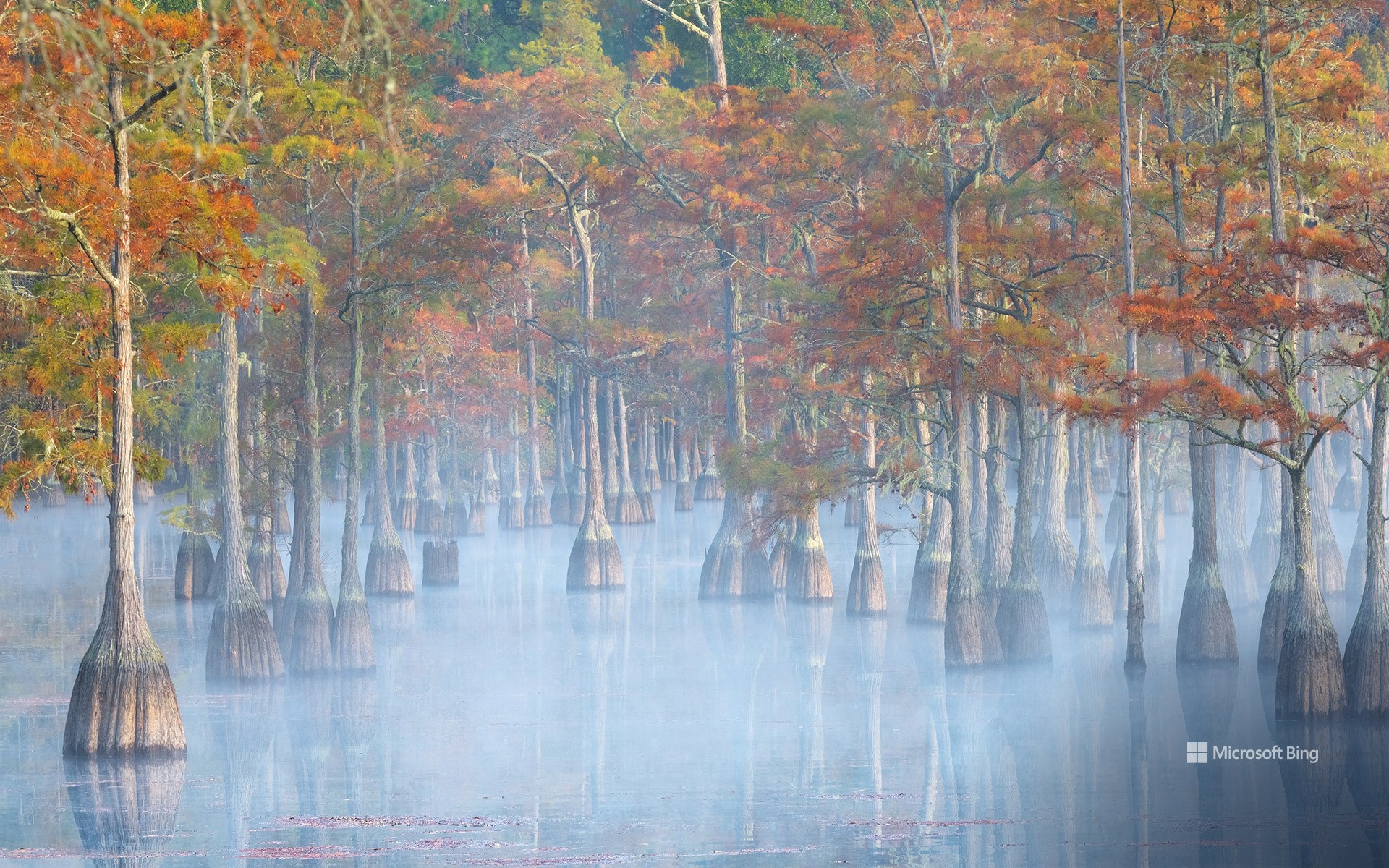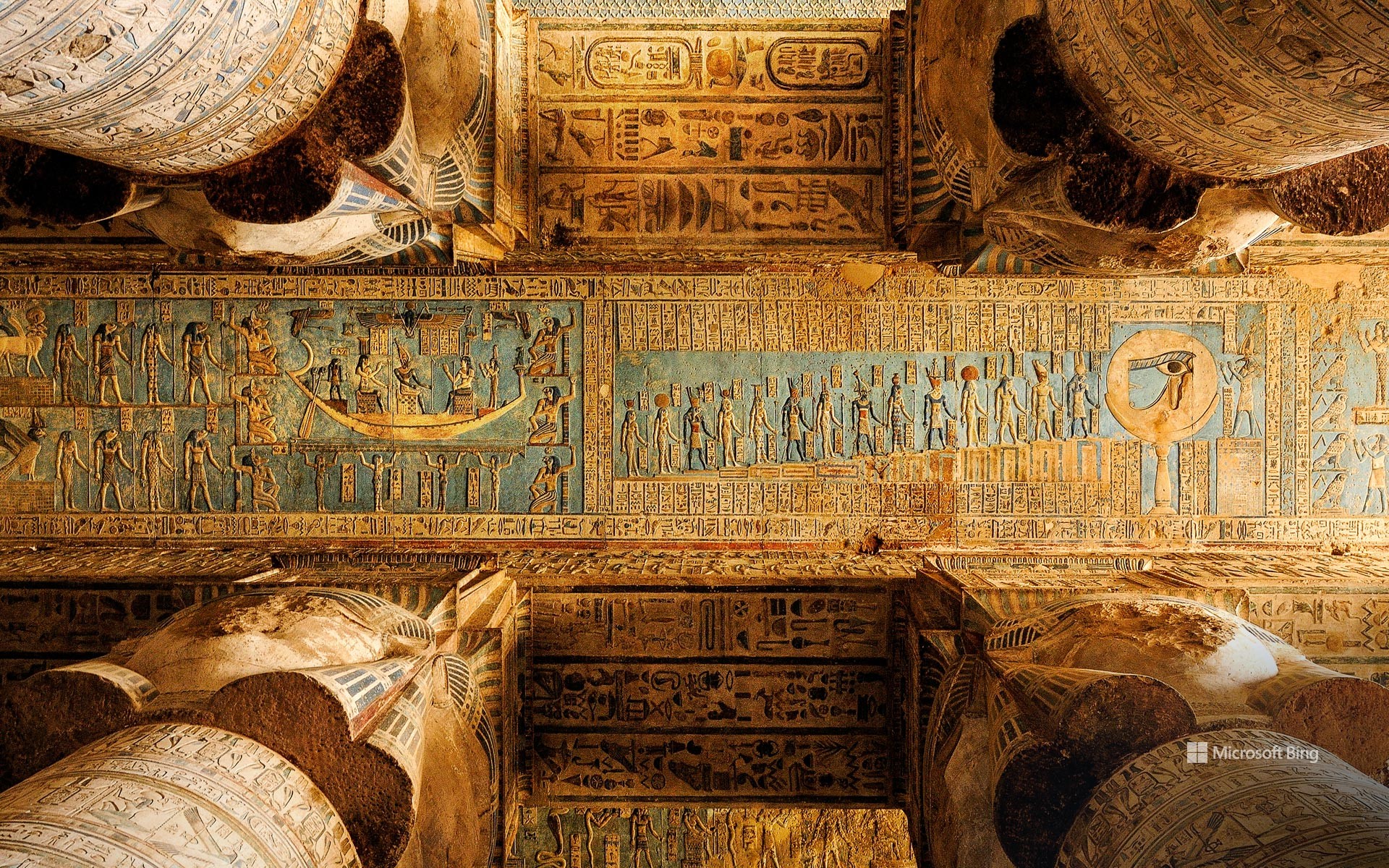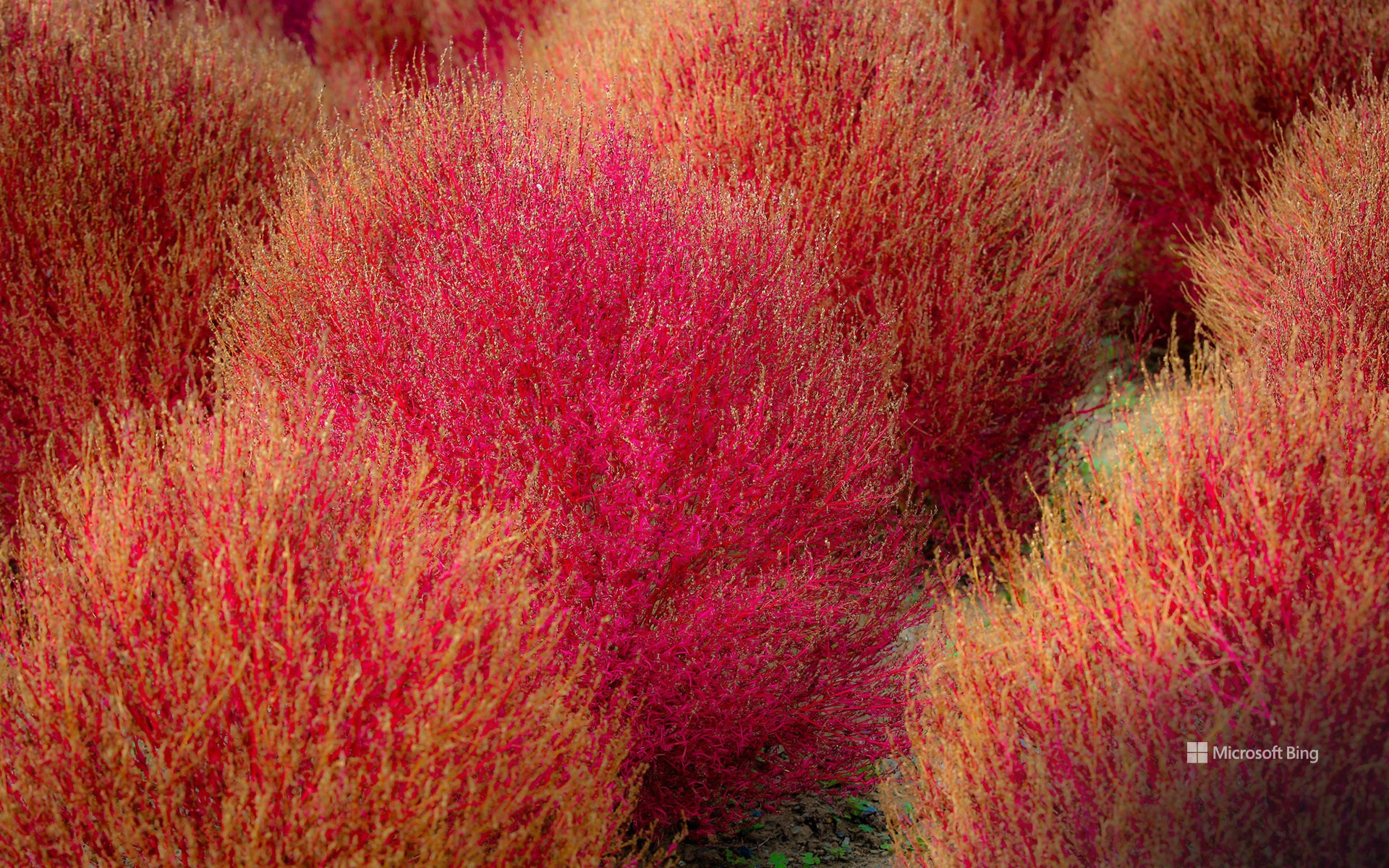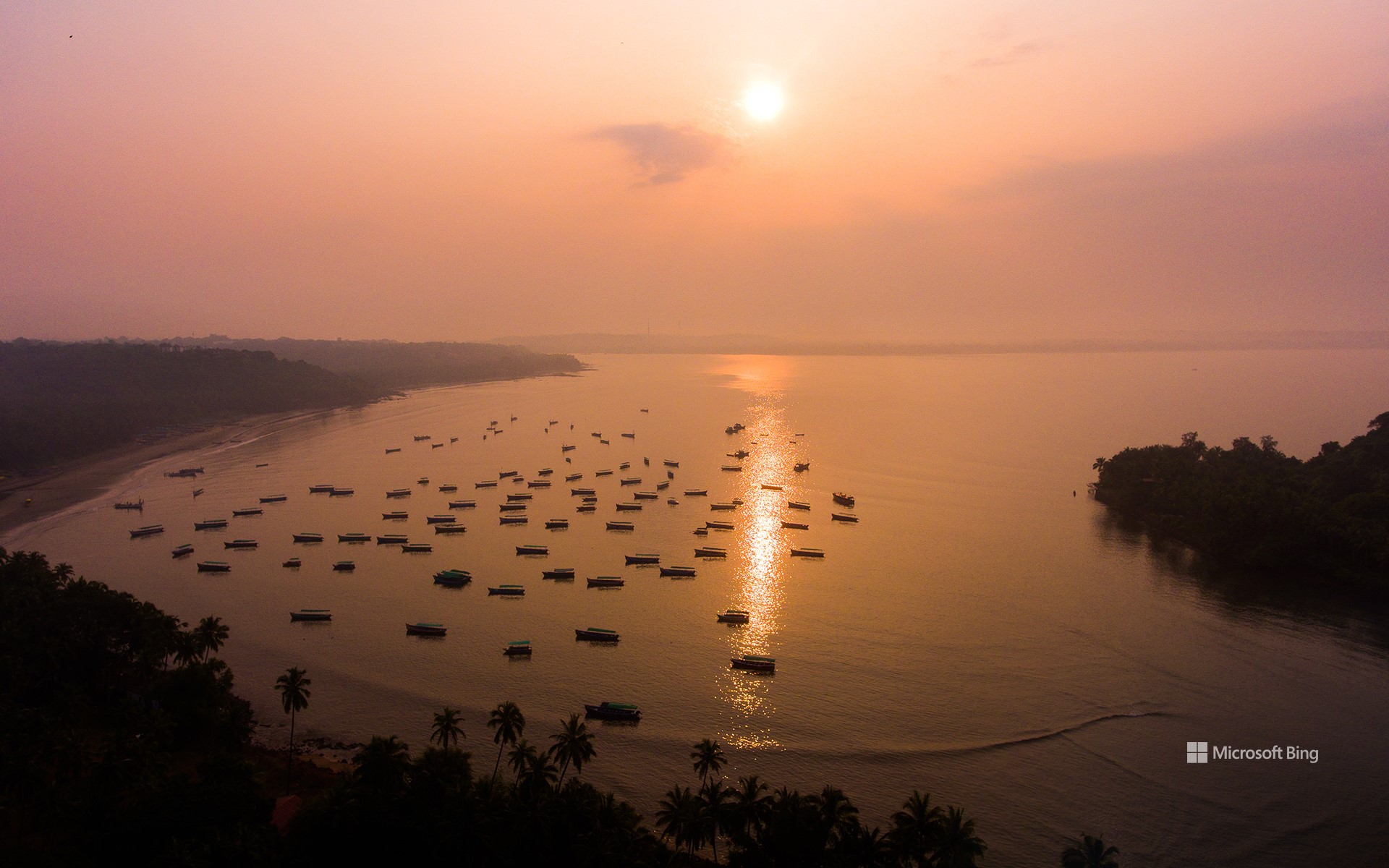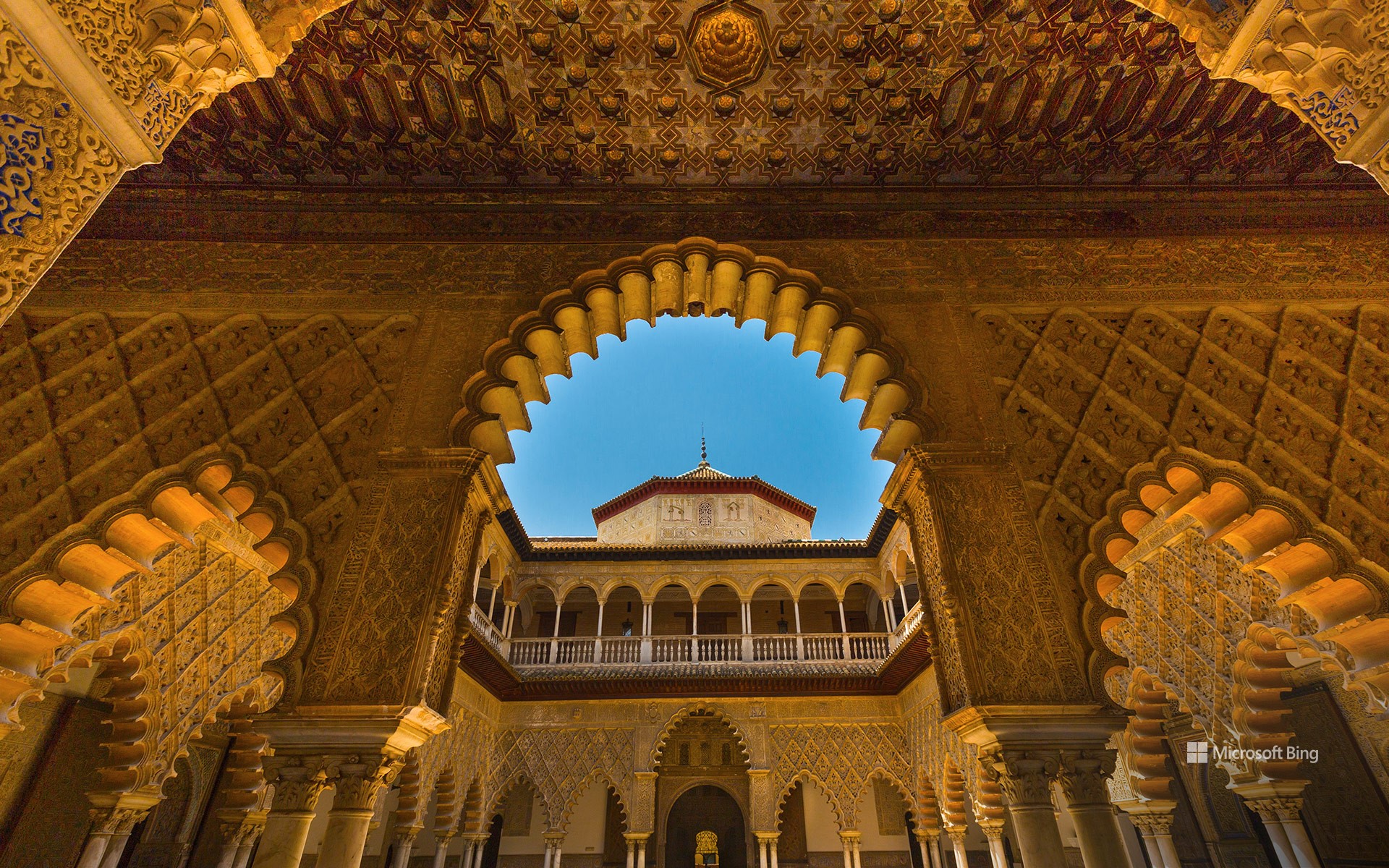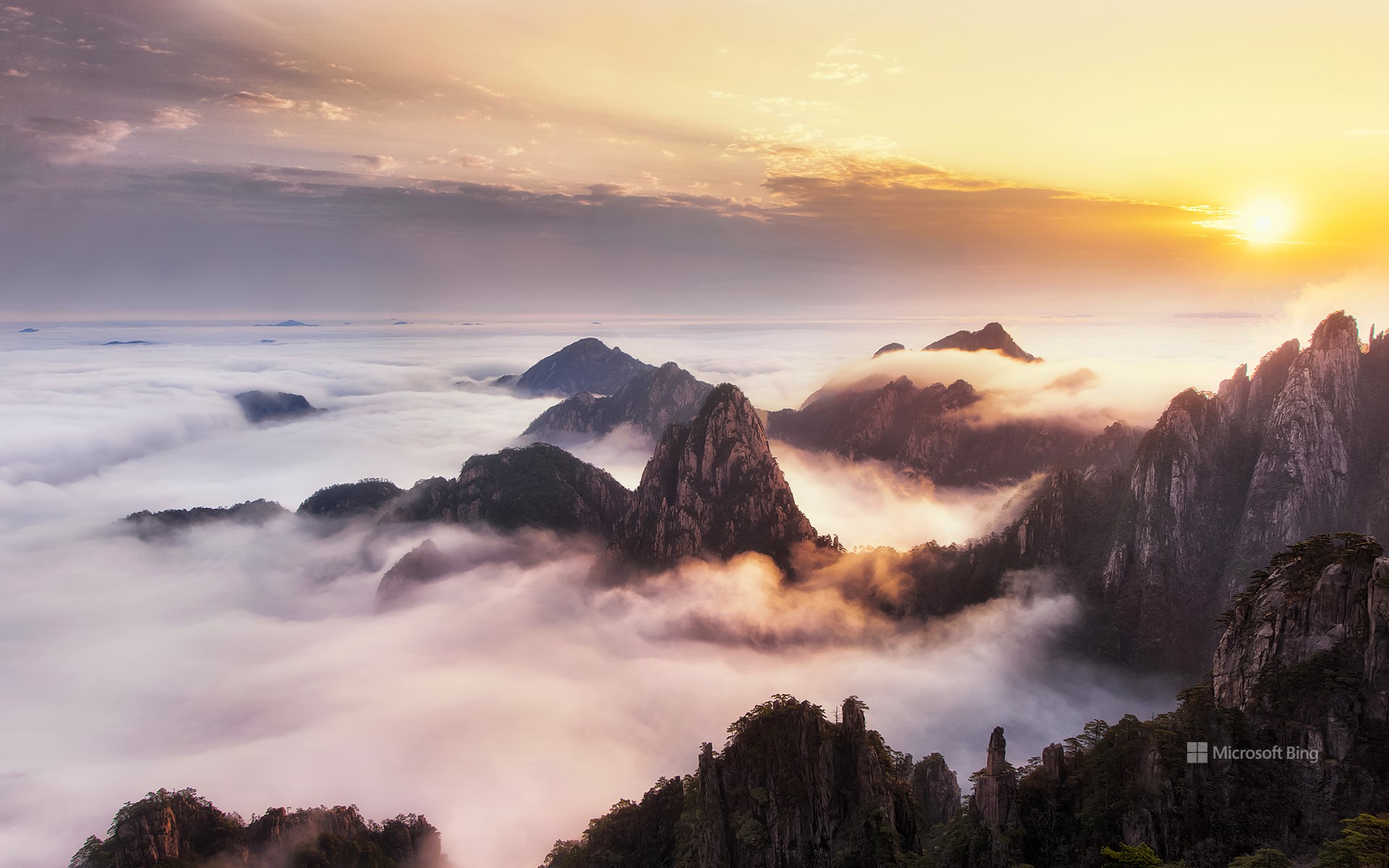祖卡里宫,罗马,意大利 Palazzo Zuccari, Rome, Italy (© Photon-Photos/Getty Images)
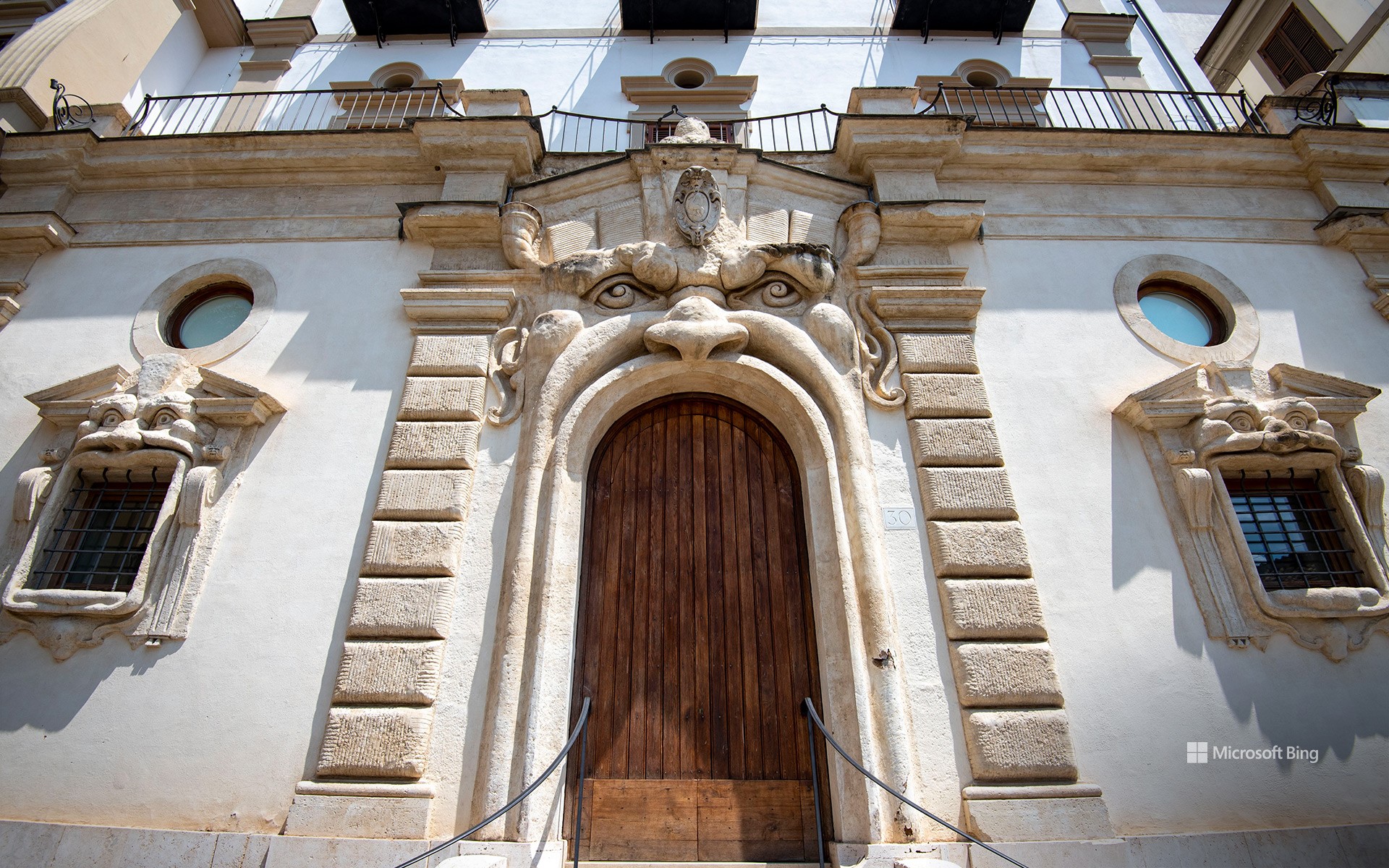
祖卡里宫,罗马,意大利 Palazzo Zuccari, Rome, Italy (© Photon-Photos/Getty Images)
可怕的外墙 Fearsome façade
祖卡里宫,罗马
在罗马西班牙阶梯的顶端,从宏伟的天主教堂下面左转,沿着一条不起眼的小街走下去,有一个惊喜在等着你:一座怪兽之屋。欢迎来到祖卡里宫!这是一座16世纪的宫殿,在它的外墙上,神话似乎栩栩如生,怪诞的面孔吞没了宫殿的门窗。建造这座宫殿的费德里科·祖卡里对怪兽非常精通,他在佛罗伦萨大教堂绘制的《最后的审判》和但丁《地狱篇》的插图满是神话人物。怪兽门最初通向宫殿的花园,因为祖卡里喜欢通过这种方式让客人体验从恐怖入口到美丽花园之间的强烈对比。如今,这扇门通向赫尔奇阿娜图书馆,这是一家专门研究意大利艺术史(从中世纪到现代)的图书馆,自1912年以来一直占据着花园的原址。如果你想在罗马寻找更多的怪嘴,离祖卡里宫不远处就是古罗马面具——“真理之口”,据说它会咬掉任何说谎者的手。
Palazzo Zuccari, Rome
At the top of the Spanish Steps in Rome, take a left underneath the imposing Catholic church. Down an unassuming side street, there's a surprise waiting for you: a house of monsters. Welcome to the Palazzo Zuccari, a 16th-century palace where myths seem to come to life on its façade—grotesque faces swallow up its doors and windows. Federico Zuccari, who built the palace, was well-versed in monsters. His painting of the Last Judgment in Florence Cathedral and his illustrations of Dante's Inferno are replete with mythical beings. The monster door originally led to the palazzo's garden because Zuccari enjoyed making his guests experience the contrast between the scary entrance and the beautiful serenity of the garden. These days, the door leads to the Bibliotheca Hertziana, a library specializing in Italian art history, from the Middle Ages to the modern day, which has occupied the site of the garden since 1912.
If you're looking for more monstrous mouths in Rome, not far from the Palazzo Zuccari is the Bocca della Verità, an ancient Roman mask. According to legend, it will bite off any liar's hand that's placed in its mouth.
